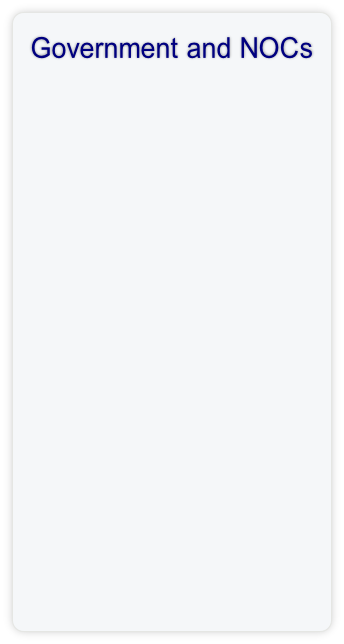
Globalshift.co.uk - copyright © 2009 to 2024; All rights reserved.
Data in this website may not be the most recent available Home | Terms of use
| Contact


French Guiana (officially Guyane) is an overseas department of France on the north Atlantic coast of South America. It borders Brazil to the south and east and Suriname to the west. In colonial times there were 5 Guianas; Spanish (now Guayana in Venezuela); British (now Guyana); Dutch (now Suriname) and; Portuguese (now Amapa in Brazil).
Originally inhabited by Native Americans, it was colonised by the French as a penal colony (including the infamous Devil’s Island) in 1763. The French also introduced African slaves and, later, Asian labourers.
The region was invaded and adopted into Portugal’s Empire in 1809 but returned to France in the Treaty of Paris in 1814. After several border disputes with Brazil it was finally unified in 1946 and became an overseas department of France. Its last penal colony closed in 1953.
French Guiana’s economy is dependent on France for subsidies, trade, and goods and is dominated by the presence of the Guiana Space Centre - the European Space Agency's main launch site.
Traditional industries such as fishing, gold mining and timber, provide the bulk of exports. Illegal gold mining and immigration are recurring problems.
French Guiana is underlain by the Guiana Shield, a Precambrian block that forms the major part of the northern highlands and coast. Most of the offshore is a continuation of this block, known as the Demerara Rise. There is limited sedimentary cover onshore with sediments only thickening offshore, especially on the Rise’s eastern slope where Atlantic rifting began.
French Guiana thus has no onshore potential for oil or gas. Limited drilling offshore on the Rise also failed to find hydrocarbons. However, a deep water well, Zaedyus-1, was drilled in 2011 on the eastern slope and discovered a significant oil column in two turbidite fans. It was a pivotal well, thought to have unlocked a new productive area along the northeast coast, with fields analogous to those in West Africa.
However, subsequent drilling has failed to follow up on this success and the whole area remains high risk with a shortage of sufficiently large trapping possibilities. The territory therefore has no commercial oil or gas resources and Globalshift does not forecast production, at least in the short and medium term.

GUYANE (FRENCH GUIANA)
Map and National Flag


SOUTH AMERICA
Clown fish

South America






Capital
Population
Land area (sq kms)
Oil prod (000s b/d)
Gas prod (bcm/yr)
Oil cons (000s b/d)
Gas cons (bcm/yr)



Cayenne
0.22 mm
83,534
None
None
7
None
Like Martinique and Guadeloupe, French Guiana is a is a Department of France.
The head of state is the President of France who appoints a prefect as representative to head the local government of an elected council (sending 2 deputies to the French National Assembly.
As an integral part of France it is in the EU and Eurozone with France responsible for its energy resources.
Click below for:


Excel files - histories and forecasts of production and wells for all countries and regions


